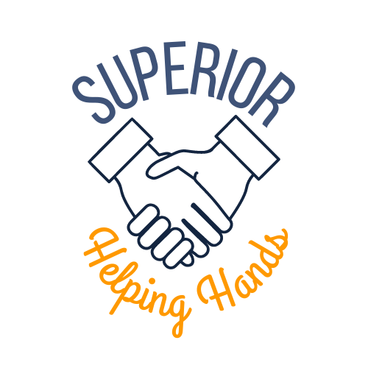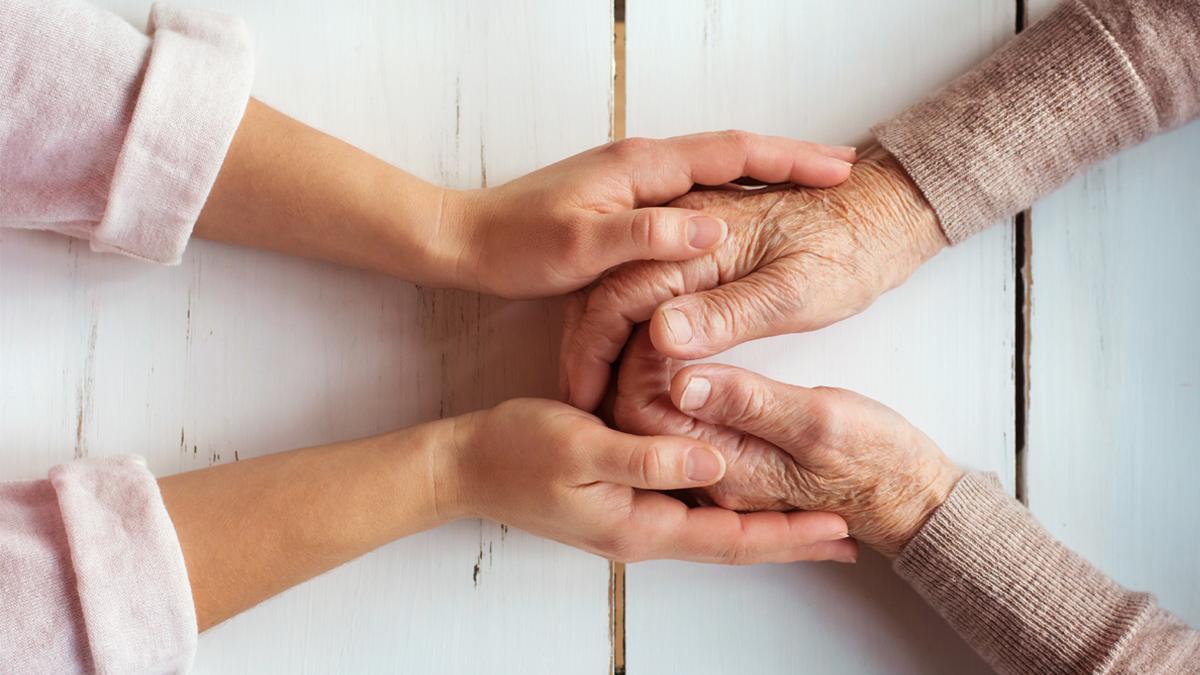A Marketing class gives students experience with all elements needed to create their own business.
Entrepreneurial sparks were flying in Assistant Professor Marat Bakpayev’s Developing and Marketing New Products class this past fall. The semester-long assignment culminated in the creation of a solution that could meet some consumers’ needs.
“In the spirit of developing a start-up business, students come up with an idea and go through all the steps so that by the end of class, they are ready to run the business,” said Bakpayev. “It also is good exposure to some critical skills that are important for being a successful product manager.”
Student groups, determined by Bakpayev based upon the students’ majors, engaged in all the steps to create the needed consumer solution so that when class was done, they could actually launch the business based upon their solution. As such, groups typically contain majors from Accounting, Entrepreneurship, Consumer Insights and Analytics, Finance, and Marketing, along with others.
“Students are expected to develop detailed consumer research based on both qualitative and quantitative techniques,” said Bakpayev about group tasks and complementary majors. “The customer development stage usually requires multiple interviews conducted with consumers.”
Out of that came the groups’ project proposals, which were evaluated by Bakpayev. “After the feedback, the teams worked on the product development based on materials that I provided in class. Their product plan included a description of the product, goals and objectives, strategic initiatives, and tactics.”

The student group of junior Grant Lorentzson, senior Camryn Resset, rising senior Alexa Tessmann, and junior Paris Vang developed Superior Helping Hands.
This service-based business would aid older individuals with items like household chores and technology as well as providing socialization.
“I do hope they will develop an actual business out of this project,” said Bakpayev. “This project is timely and based on very practical needs. There is a definite product-market fit.”
While the group was put together by Bakpayev, the students decided themselves how to divide the work for their business idea.
Vang conducted consumer research by talking to a variety of target audiences ranging from the University for Seniors, college students, and other elderly relatives
“These interviews found our consumer insights and helped our business evolve into Superior Helping Hands,” she said.
Vang also determined the milestones for where the group wanted its business to be in the short-term and long-term and created the lean business canvas model, which summarized Superior Helping Hands in a chart.
Tessmann handled all things related to the situation analysis, which has both internal and external components. Some of the things she tackled included creating the vision, analyzing competitors, identifying strategies to overcome challenges, identifying environmental factors that could impact the business, and conducting a SWOT. She also took the lead on financing and focus groups.
As graphic designer, Resset created a logo and website mock-up, conducted research, and identified the target market for the group’s potential service. And Lorentzson worked on financial aspects for the project with Tessmann.
Overall, the students found the class had helped them in many ways and it will continue to impact their future.
“As a marketing major, I never understood what the work in this field was all about until I took Dr. Bakpayev’s developing products class as well as his advertising class,” said Vang. “It made me more interested in my major and allowed me to find marketing internships.
“What I liked about the project was that it gave me the knowledge to understand what starting a business truly looks like,” added Vang. “It is something I would like to do for myself in the future, so to have this experience was an amazing thing for me. I hope to create my own brand of wellness products and to use this class as a reference and guidance.”
“In this class, we were able to apply the knowledge from the textbook and lectures to a real-life situation,” said Resset. “When you put all the concepts into the context of a project, it makes it easier to understand. Now I can go into my career not only having the knowledge but having the experience under my belt as well.”
“I enjoyed the freedom we were given,” said Tessmann. “We were able to come up with an idea, test it, and adapt it. I was able to learn the ins and outs of starting my own business from the financial security of a classroom.”
